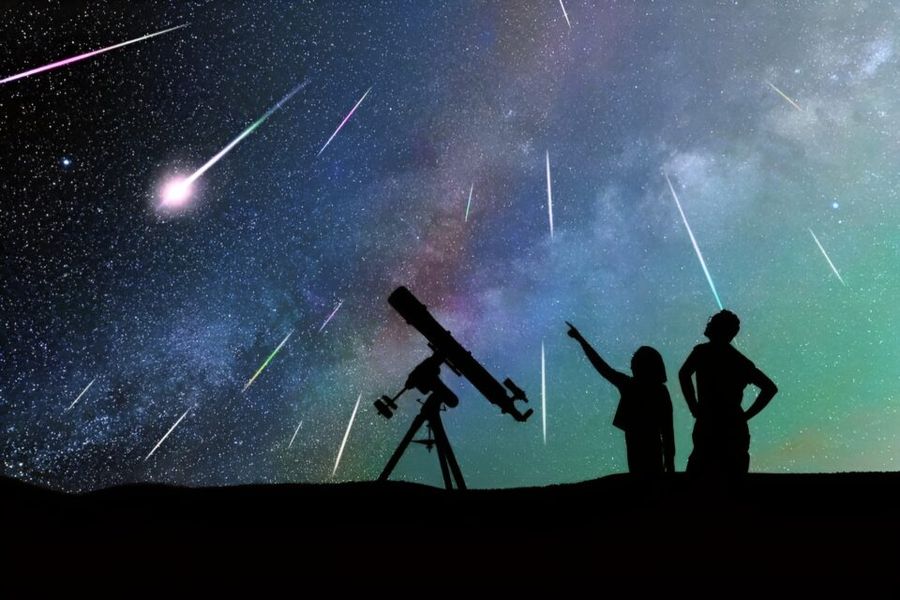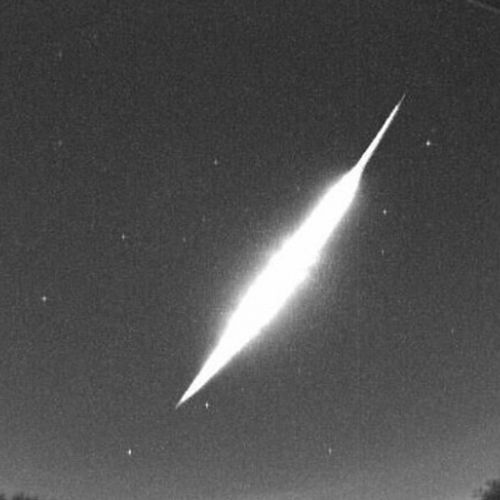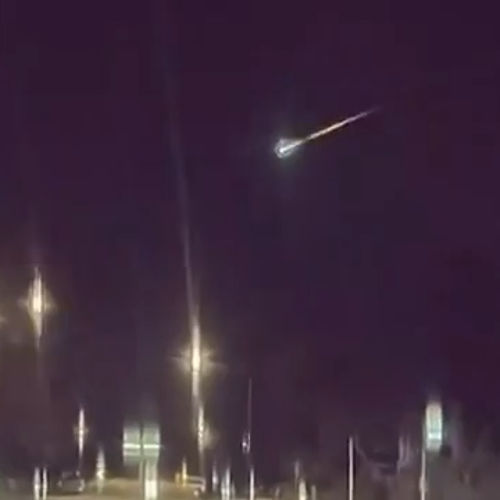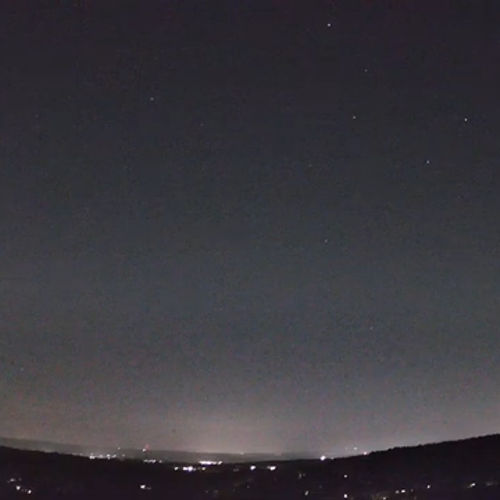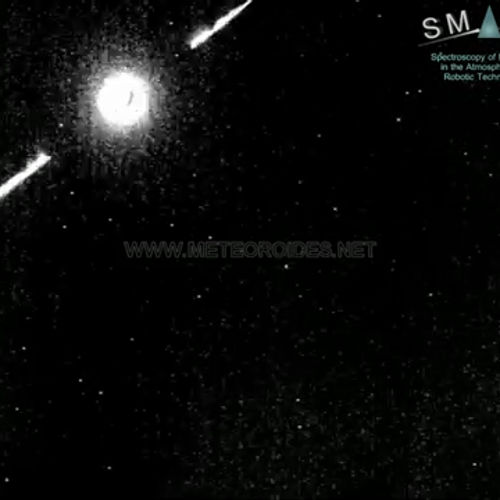
| Added | Mon, 23/10/2023 |
| Источники | |
| Дата публикации | Mon, 23/10/2023
|
| Версии |
This weekend, the sky will fascinate viewers with the peak of the Orionids meteor shower, which NASA calls one of the most beautiful of the year. The Orionids, which are the remnants of Halley's famous comet, are activated every autumn at the end of October. This celestial phenomenon is a must-see for sky lovers and is a spectacular sight of shooting stars.
According to NASA, the Orionids are known for their brightness and mind-blowing speed - they enter the Earth's atmosphere at about 148,000 miles per hour. Their rapid trajectory often leaves behind shining "plumes" that linger and sometimes turn into bright fireballs. This makes them a truly fascinating sight for those who are lucky enough to observe them.
The Orionids meteor shower lasts from September 26 to November 22, but it will reach its peak this weekend. The peak of activity will begin after midnight on Friday, October 20, and the brightest spectacle will be observed in the early morning on Sunday. This is a great opportunity to gather your loved ones, find a cozy place away from the city lights and admire the heavenly wonders.
"Orionids can be observed in both the Northern and Southern hemispheres in the hours after midnight. Find a place far away from the city and street lighting. Prepare a sleeping bag, a blanket or an armchair," NASA said in a statement. "Lie on your back with your feet facing southeast if you are in the Northern Hemisphere, or northeast if you are in the Southern Hemisphere, and look up, covering as much of the sky as possible."
After less than 30 minutes of being in the dark, your eyes will adapt and you will begin to see meteors. Be patient - the spectacle will last until dawn, so you will have enough time to notice it.
The Orionids are associated with Halley's comet, which leaves a trail of debris behind it as it orbits the Sun. When the Earth passes through this trace, the particles burn up in our atmosphere, creating a meteor shower. Interestingly, Halley's comet also causes another meteor shower - Eta Aquarii, which is observed in early May.
Halley's comet is one of the most famous comets, its periodic appearances have been recorded for millennia. Halley's comet was last seen from Earth in 1986, and its return is predicted for 2061.
The comet is named after British astronomer Edmond Halley, who first predicted its return in 1758. However, the comet itself has been observed for more than 2 thousand years.
Halley's comet orbits the Sun approximately once every 76 years, although this time may vary slightly with each passage. Its orbit has an elliptical shape.
Its orbit has an elliptical shape and passes far beyond Neptune, and then returns to the orbit of Venus.
Like other comets, Halley's comet is made up of ice, dust and rocky material. When approaching the Sun, under the influence of heat, the ice core evaporates and throws out dust, forming a luminous coma and a characteristic tail.
Halley's comet is important not only for its brightness and visibility from Earth, but also because its periodic returns allow astronomers to study one comet over several orbits.
So, mark your calendars and get ready for an exciting spectacle in the night sky this weekend. The Orionids meteor shower promises to be an unforgettable sight, demonstrating the beauty and awesomeness of our universe.
Новости со схожими версиями
Log in or register to post comments
